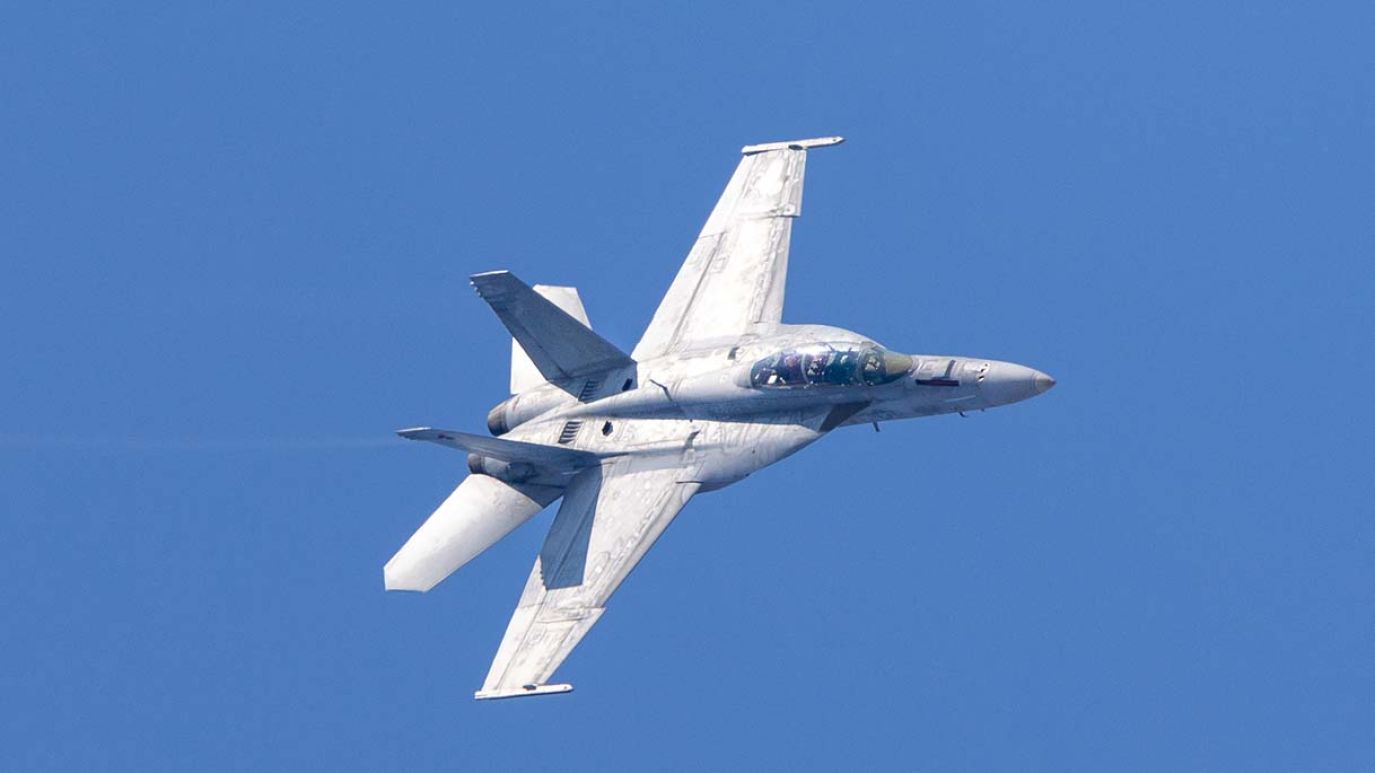-
Blog
China claims to have designed one of the strongest porous ceramics for heat-shielding hypersonic aircraft

The publication of a scientific study regarding the properties of a ground-breaking porous ceramic highlights China’s level of technology applicable to hypersonic aircraft and missiles.
Scientists at Guangzhou University's School of Materials Science and Engineering have developed a new type of ceramic that overcomes the limitations of traditional ceramics. It could have applications in aerospace – for example, as insulation on hypersonic aircraft – and in chemical engineering and energy.
The advanced material, known as 9PHEB (9-cation porous high-entropy diboride), is a ground-breaking porous ceramic that shows exceptional mechanical strength and thermal insulation properties. Porous ceramics are highly sought as they are lightweight, chemically inert, and exhibit low thermal conductivity, which gives them strong thermal insulation properties. Due to their very low elasticity, advanced ceramics can also withstand strong loads.
A porous ceramic with exceptional thermal properties and mechanical strength
Porous ceramics are designed with many holes — or ‘pores’ — all orientated in the same direction to allow air and liquids to pass through them in a predictable manner, enhancing their thermal insulation properties. The issue with adding pores, however, means that porous ceramics lose some of their rigidity and mechanical strength, and can shrink at high temperatures, compared to non-porous ceramics.
9PHEB, however, appears to have solved both problems. It has around 50% porosity (the number of pores per area) but has an impressive compressive strength at room temperature of around 337 MPa, making it significantly stronger than previously reported porous ceramics.
The ceramic also shows exceptional dimension and strength under extreme conditions – in the study published on the scientific journal website Wiley[1], 9HPEB kept 98.5% of its strength at 2,732 degrees Fahrenheit (1,500 degrees Celsius). When the material was deformed at high temperatures, it experienced a 49% strain, which increased its strength to 690 MPa – more than double its initial strength. It only shrank by 2.4% at 3,632 degrees Fahrenheit (2,000 degrees Celsius).
The properties of 9HPEB mean that it would be ideal for making the shell of a hypersonic aircraft – and potentially may have applications in hypersonic missiles. China is currently perceived to be ahead of the US when it comes to building hypersonic aircraft, as the US struggles with ceramics that have the right thermal properties.
The race towards advanced hypersonic materials
The US Department of Defense has been making significant investment in hypersonic technology for decades, with Russia alleged to have used hypersonic missiles in its war with Ukraine. Other countries such as Australia, Iran, North and South Korea, Brazil, Germany, Israel, India, and Japan are all believed to be developing hypersonic programs. However, China is said to be leading the race.
The US military began working on hypersonic systems back in the 1960s to develop hypersonic flights for carrying people. But in the 1980s that changed when the US Air Force started testing the Maneuvering Reentry Vehicle (MaRV) – essentially, a warhead for ballistic missiles – which can travel at Mach 5 but can be maneuvered to hit a target. The benefit of hypersonic missiles, and aircraft, is not necessarily their speed, but their high level of maneuverability at high speeds.
The publication of the design and characteristics of 9PHEB appear to bear out China’s apparent lead in advanced materials for hypersonic applications. Pamir assesses that China may have a technological lead in the search for advanced materials that can support hypersonic applications. China is well experienced in the field and already has an operational force of ballistic missiles equipped with highly maneuverable hypersonic glide vehicles as warheads. The new ceramic could hold potential for use in higher stress applications, such as reentry vehicles for intercontinental-range missiles.
[1] https://onlinelibrary.wiley.com/doi/10.1002/adma.202311870
China’s 5G influence in developing economies
China’s Belt and Road Initiative and its digital counterpart, the Digital Silk Road, threaten to displace US telecom and tech companies in developing economies in Africa, Latin America and the Middle East. How can US operators and network providers stand up to the challenge?